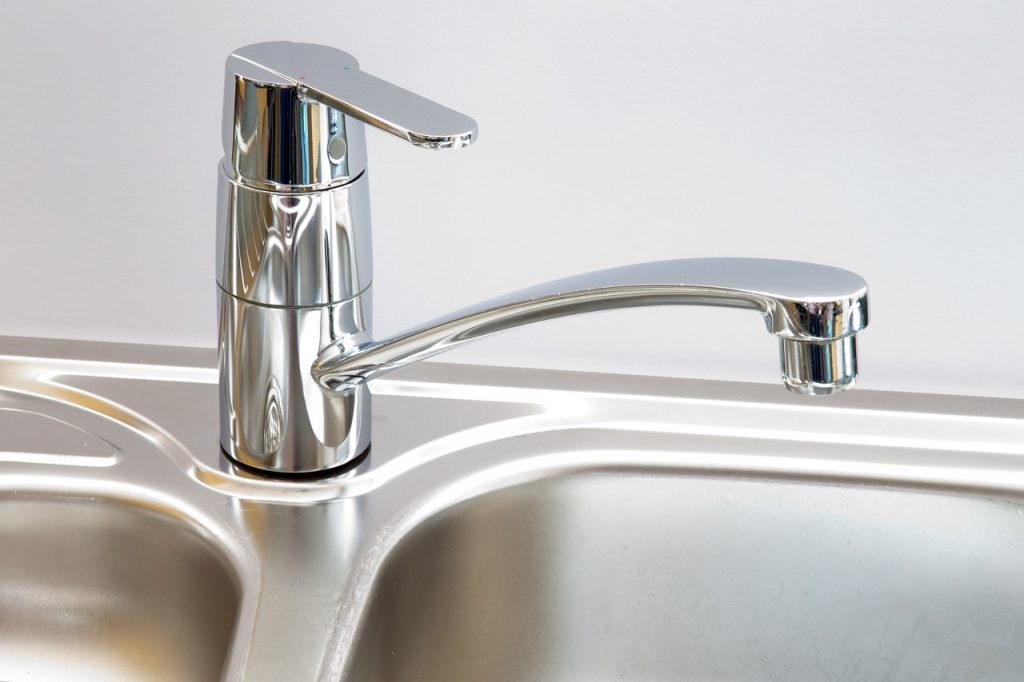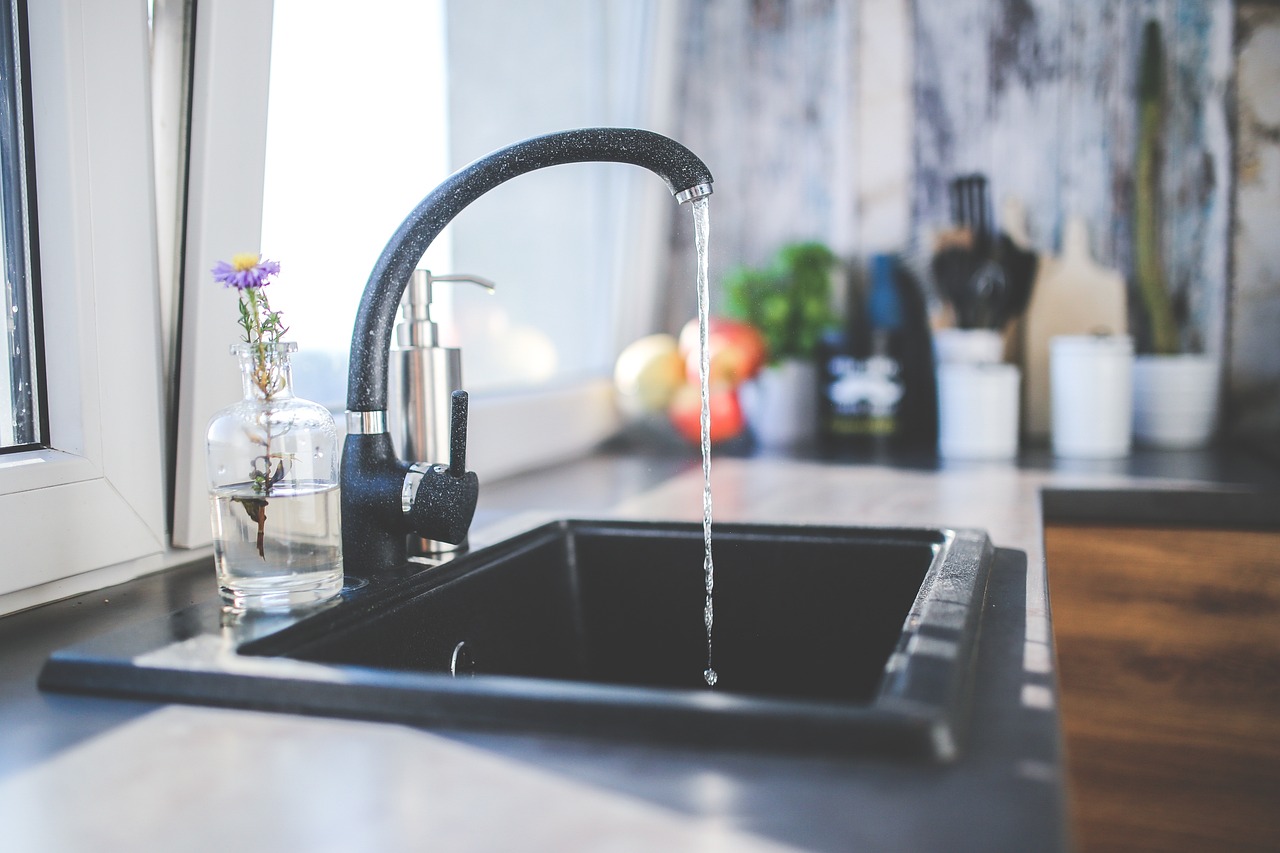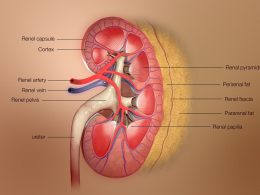When choosing the perfect kitchen faucet, the options can seem endless. From traditional to modern, there are many styles and types to choose from. Learning about the different kinds of kitchen faucets will help you choose the one that fits your needs and tastes the best. Today, we will explore the other kitchen faucets, including pull-out faucets, pull-down faucets, touchless faucets, single-handle faucets, double-handle faucets, and wall-mounted faucets.
We’ll discuss the pros and cons of each type and give you some pointers on choosing the best kitchen faucet. So, whether you are building a new home or simply looking to upgrade your current kitchen faucet, this article will provide the information you need to make an informed decision. (Also Read:20 Thanksgiving Riddle for Kids )

What are kitchen faucets?
Types of Kitchen Faucets
1. Standard faucets:
The most common type of kitchen faucet, with a single handle that controls the temperature and water flow. They typically have a spout that swivels, making reaching all areas of the sink easier.
2. Pull-out faucets:
These have a spray head that can be pulled out of the faucet spout and pointed in different directions, making it easier to wash large pots or reach hard-to-clean areas. The spray head is often mounted on a flexible hose, allowing you to direct the water wherever needed.
3. Pull-down faucets:
Similar to pull-out faucets, these faucets feature a spray head that can be pulled down from the faucet spout. They are often more streamlined and modern-looking than pull-out faucets.
4. Touchless faucets:
These faucets have a sensor that activates the water flow when it detects motion beneath the spout, allowing you to turn the water on and off with a simple handshake. They can help prevent cross-contamination in the kitchen and are becoming more common in modern kitchens.
5. Wall-mount faucets:
As the name suggests, they are mounted on the wall above the sink rather than on the sink itself. They can add a unique design element to your kitchen and are particularly useful in small kitchens with limited counter space.
6. Pot-filler faucets:
These are mounted on the wall above the stove and designed to fill large pots with water. They can save you time and effort when cooking and are a popular choice for professional-style kitchens.
7. Bar faucets:
They are smaller faucets designed for use in a wet bar or prep sink. They are usually less expensive than full-size kitchen faucets and take up less space.
8. Hands-free faucets:
These faucets use motion sensors or foot pedals to control the water flow, allowing you to turn the water on and off without touching the faucet. They can be beneficial in busy kitchens with a high risk of contamination.
9. Single-handle faucets:
These have a single lever or handle that controls the temperature and flow of water. They are often easier to use than double-handle faucets and can be more convenient in tight spaces.
10. Double-handle faucets:
These have two separate handles, one for controlling the temperature and one for controlling the water flow. They can offer more precise control over the water temperature but may take up more space and be more challenging to use in tight spaces.
Factors to consider when choosing a kitchen faucet
There are essential factors to consider when choosing a kitchen faucet:
- Style: Choose a faucet that complements the overall style of your kitchen.
- Finish: Select a finish that matches the other hardware in your kitchens, such as your sink and appliances.
- Mounting: Consider whether you want a deck-mounted faucet (installed directly on the countertop) or a wall-mounted faucet (mounted above the sink).
- Spout reach: Ensure the faucet has a spout reach appropriate for your sink size and configuration.
- Spray head: Decide whether you want a faucet with a separate spray head or a pull-down spray head.
- Water flow rate: Check the flow rate to ensure it meets your needs and local regulations.
- Cost: Determine your budget and select a faucet that fits within it.
- Durability: Consider the overall quality and durability of the faucet.
- Ease of use: Look for a faucet with features that make it easy to use, such as a single handle for temperature and flow control.
- Brand reputation: Research the importance of the brand to ensure that you are getting a reliable and high-quality product.
Kitchen faucet prices
The cost of a kitchen faucet can vary greatly depending on the brand, material, style, and features you choose. You can find a basic kitchen faucet for as little as $50, while high-end, feature-rich models can cost $500 or more. Some factors that may affect the price of a kitchen faucet include:
- Material: Kitchen faucets can be made from various materials, such as chrome, stainless steel, brass, and bronze. Higher-end materials like brass and bronze tend to be more expensive.
- Style: There are many different kitchen faucets, including traditional, modern, and industrial. The type you choose can affect the price of the faucet.
- Features: Some kitchen faucets have additional features like touchless operation, built-in water filters, or pull-down spray heads. These features can add to the cost of the faucet.
- Brand: The brand of the kitchen faucet can also affect its price. Some well-known brands like Delta and Moen tend to be more expensive than lesser-known brands.
Approximately, a kitchen faucet will range from $50 to $500 or more. Setting a budget and considering what features and materials you want in a tap will help you find the best one in your price range.
Conclusion
Generally, there are various types of kitchen faucets available, and each type has unique features and benefits. The best option for your kitchen will depend on your personal preferences and the space’s specific needs. It is essential to consider all the different types of faucets and choose the one that will best suit your kitchen and meet your needs. (Also Read: The Best Disneyland Tips for Toddlers That Will Keep Your Children Entertained and Excited )












